Birdon successfully completed a dredging contract at Garden Island Naval Base in 2020. For more information on this project you can watch our case study video or contact us at info@birdon.com.au.
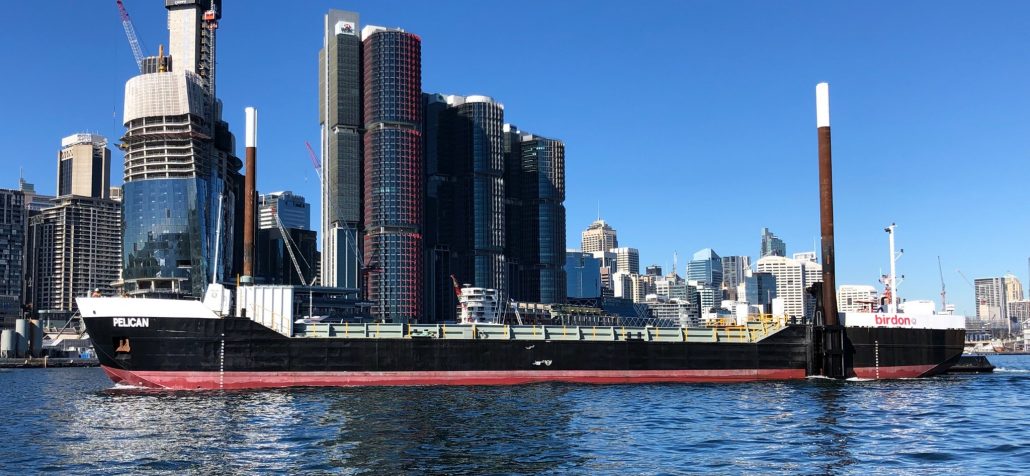
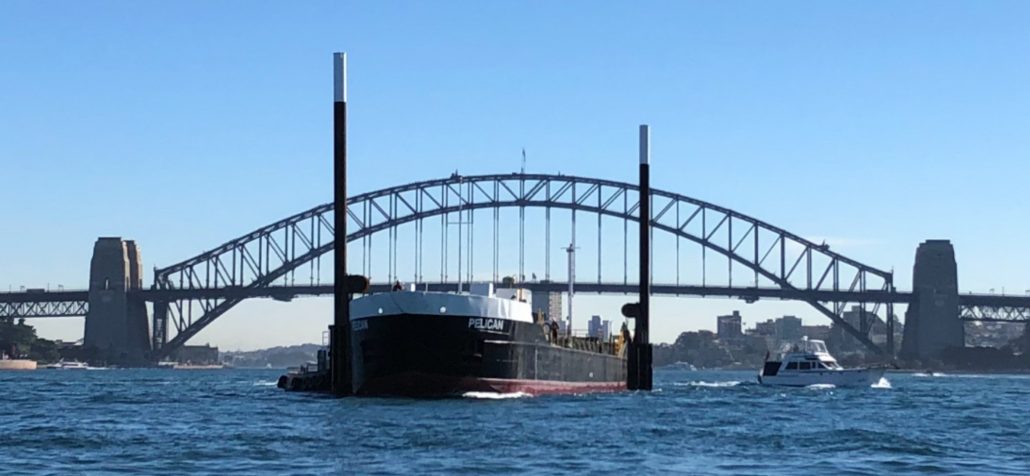
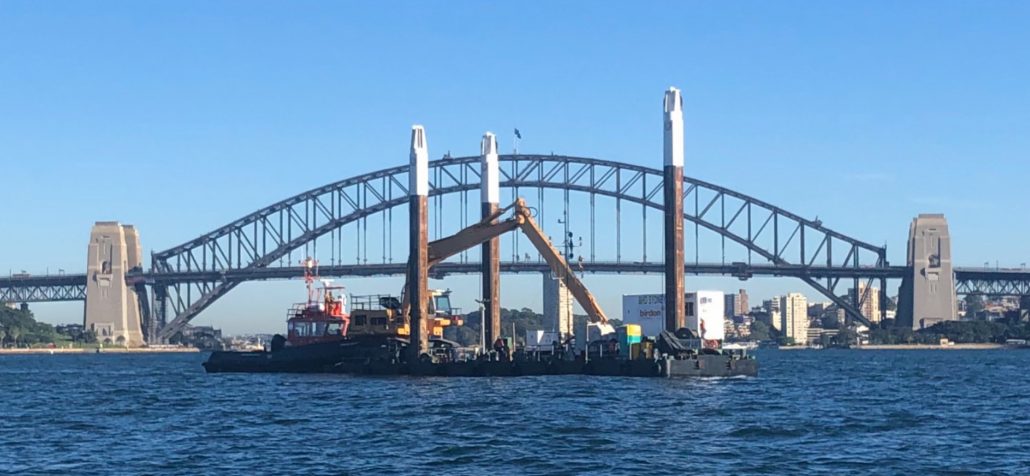
Birdon successfully completed a dredging contract at Garden Island Naval Base in 2020. For more information on this project you can watch our case study video or contact us at info@birdon.com.au.



Birdon is contracted to deliver a redesign and upgrade of the USCG fleet of 117 MLBs, which is reaching the end of its original 25-year service life. The SLEP extends the working life of the fleet for 20 years and enhances key aspects of operational capability and performance.
The MLBs operate in high surf conditions and heavy weather and are designed to be self-righting in the event of a rollover. Production occurs at two facilities, one on the West Coast and one on the East Coast.
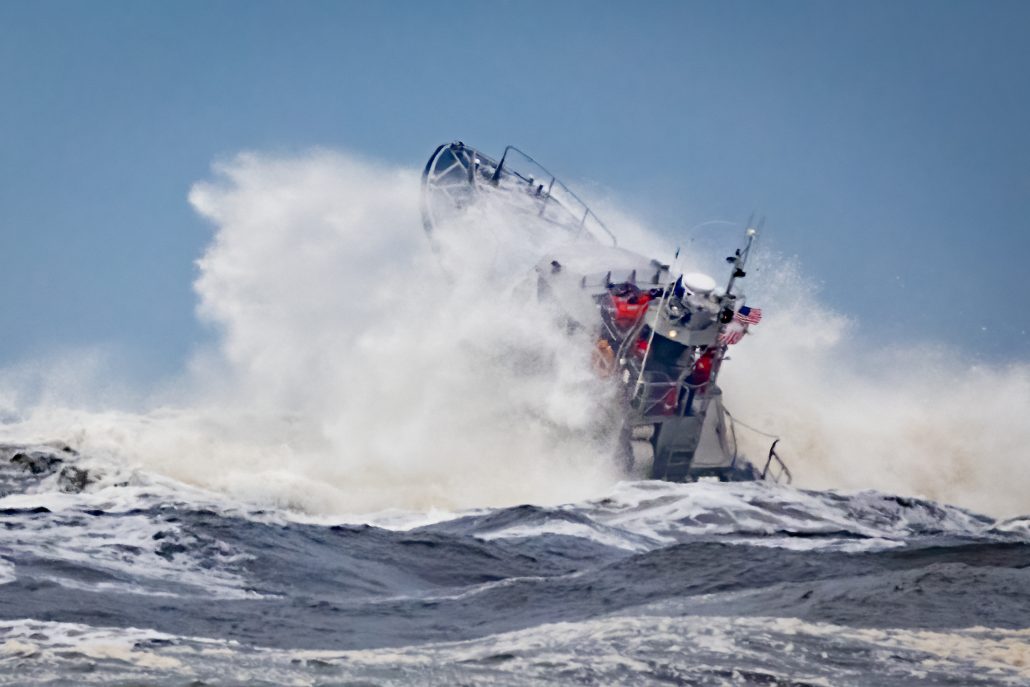
Birdon successfully completed a dredging contract at Garden Island Naval Base in 2020. For more information on this project you can watch our case study video or contact us at info@birdon.com.au.



Birdon was contracted to environmentally sanitise, prepare and scuttle the decommissioned ex-HMAS Tobruk for use as an artificial reef and dive site in Hervey Bay. The ex-HMAS Tobruk dive wreck is a partnership between the Queensland Government, Bundaberg and Fraser Coast Regional Councils, which has created a world-class dive site in the Great Sandy Marine Park. As a part of this contract, Birdon also installed mooring buoys and navigational markers.
Birdon hired local personnel to carry out the preparation activities and held a number of community days as well as hosting more specialised focus groups. To protect marine life Birdon scuttled the vessel in Hervey Bay without the use of explosives, which also meant there were no environmental protests associated with the scuttling.
During the scuttling process, the ship listed to its starboard side and landed on the seabed on its side. Birdon worked closely with the Queensland government to ensure the safety of the dive site. This included cutting new access holes and enlarging others to ensure the safety of divers and to offer greater accessibility to this unique piece of Australian military history. Birdon’s management received sincere appreciation from the Queensland government for the successful completion of all rectification works which were carried out at Birdon’s expense.
The dive site was opened to recreational divers on the 25th February 2019 and the response has been overwhelmingly positive. Over one hundred species of fish, including grouper, trevally and wrasse have made a home of the Ex-HMAS Tobruk and an abundance of marine life have colonised the metal surfaces of the wreck.
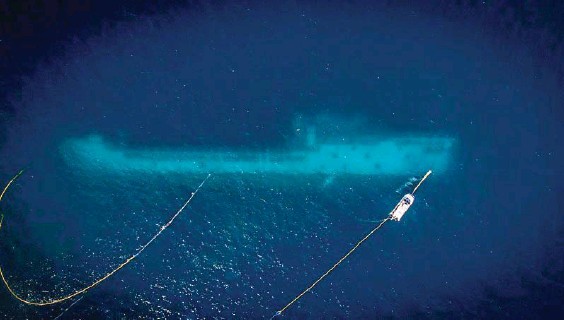
The Department of Defence awarded Birdon the contract to disassemble and recycle Ex-HMAS Sydney. The work includes removal of dangerous goods and waste materials, removal of valuable materials for recycling and final dismantling and secure destruction.
The project required careful planning with consideration for ITAR regulations as well as relevant state, federal and international regulations. The project was undertaken in Henderson, Western Australia and allowed for the employment of 20 local employees and additional subcontractors for different aspects of the job.
Key phases in the project included:
Birdon has a goal in all disposal work, not just to reach, but to exceed the expectations of clients and to guarantee complete destruction of items. This is achieved through the implementation of Birdon’s unique end-of-life recycling processes.
Throughout the disposal of Ex-HMAS Sydney Birdon co-operated with the Royal Australian Navy (RAN) to safely remove items of historic significance from the ship. Birdon understands the impact of disposing of an Ex-HMAS vessel. Having worked with a range of people who have served aboard vessels with the RAN, Birdon is committed to recognising those who served. Birdon designed and commissioned 300 commemorative plaques made from gunmetal removed from the vessel. These plaques were then made available to ex-service men and women and supplied with a Certificate of Authenticity. It is a small gesture, but one that has meant a great deal to the recipients.
This project was successfully completed, on budget and within the specified time frame.
Birdon prepared and destroyed a fleet of 201 x M113 Armoured Vehicles for the Australian Department of Defence. All vehicles were decontaminated and made safe to transport before final destruction.
The process included the removal of fuels, contaminated water, lead-acid batteries, loose non-metallic items and dangerous goods including asbestos. Birdon used a Thermo Scientific MicroPHAZIR asbestos analyser to determine which items contained asbestos prior to the removal. This meant asbestos could be removed and disposed of at a licensed facility before final destruction.
Birdon sought approval as a temporary Waste Transfer Facility for this project.The vehicles were destroyed using a mobile shear and the scrap was sold as melting feed for foundry applications.This project was completed well ahead of schedule, on budget and with no injuries or accidents.
Birdon designed and built 24 Bridge Erection Propulsion Boats (BEPBs) for the Australian Army, to replace the existing fleet of Bridge Erection Boats (BEB) under contract to the Defence Material Organisation (DMO). The $16 million contract included integrated logistic support, technical documentation and initial in-service training.
The project was undertaken in three key stages:
In 2016/2017, Birdon provided Life of Type Extensions (LOTE) services for the BEPBs, re-powering and refitting each boat with Birdon-owned NAMJet water jets for improved control at slow speeds, and overall performance.
Birdon was responsible for maintenance dredging activities at Fleet Base East and Garden Island Naval Base wharves to maintain operational and functional capabilities for the Department of Defence.
Garden Island Naval Base is located within Sydney Harbour, approximately two kilometres east of the Sydney CBD. The work involved the mechanical excavation, dewatering, treatment and disposal of approximately 10,000m3 of contaminated material to an onshore registered waste facility. Due to the limited available land area at Garden Island, the contaminated sediments were solidified by addition of polymer in the on-water hoppers and loaded directly onto trucks for transport to landfill.
Another 10,000m3 of clean material was also excavated and disposed of using bottom dump barges to an offshore spoil site.
The work included site establishment and the supply of all materials, plant, equipment and labour required for the completion of the dredging and disposal activities. Birdon also completed all survey activities associated with the works, including calibration, pre-dredging survey and post-dredging surveys.
Birdon was selected by the Australian Defence Force to design and construct a fleet of 16 Regional Patrol Craft, including trailers.
The vessels are integral to the Regional Force Surveillance Unit (RFSU) and Border Protection Force operations.
With these vessels, the army has the capability to operate in blue, brown, riverine, and brackish waters supporting smaller watercraft up to 12 nautical miles offshore.
The vessels are also suitable for the harsh Australian coastline having been designed and built to insert, extract and support foot patrols and provide parent craft aid to other vessels in remote areas.
The vessels have been built in accordance with the Lloyd’s Register classification at Birdon’s accredited, all weather, aluminium fabrication facility in Port Macquarie.
The Regional Patrol Craft (RPC) are 8.2 metres in length with a beam of 2.8 metres. The vessels are powered by a 355 hp Cummins engine driving a Hamilton Water Jet, which can propel a fully laden RPC to speeds of 25 knots. Each vessel has the capacity to carry a full patrol plus crew.
Birdon environmentally sanitised, prepared and sunk the decommissioned the ex-HMAS Canberra as an artificial reef and dive site.
The project was undertaken in compliance with stringent environmental regulations and diver safety standards.
Birdon towed the ship 1686 Nm from Rockingham, Western Australia to Geelong, Victoria in June 2008. Between July 2008 – October 2009 the ship was cleaned and prepared in accordance with the guidelines used by the Commonwealth Department of the Environment, Water, Heritage and the Arts (DEWHA).
The ship was confirmed ready in October 2009 and on October 4, 2009 Birdon towed the vessel to the selected site near Point Lonsdale where it was orientated prior to being sunk.
The ship was sunk without incident and now lies in approximately 28 metres of water, resting upright on its keel, with the top of the mast 5 metres below the surface at low tide.